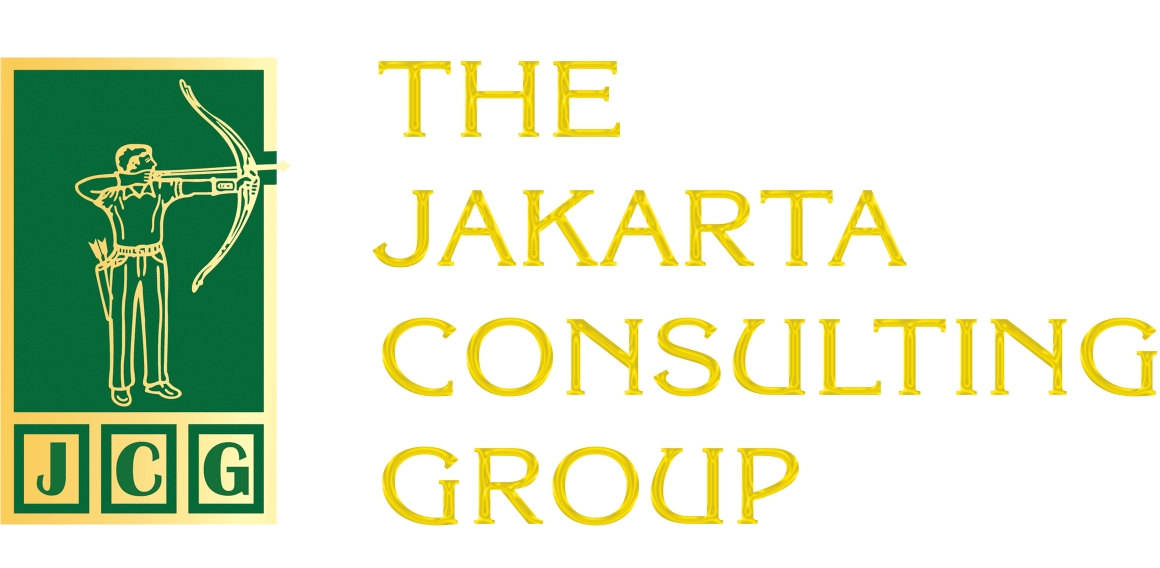In a world full of volatility, uncertainty, complexity, and ambiguity (VUCA), simply being “resilient” is often no longer enough. Resilient organizations are indeed able to survive crises and bounce back to their original state. However, amid rapid change and intense competition, resilience alone is not enough as a long-term business strategy.
What if an organization could actually become more superior? What if pressure and shocks became a stepping stone to grow stronger?
For organizations, becoming an anti-fragile organization is a powerful new paradigm to not only survive a crisis, but to actually thrive in it.
Understanding the Spectrum: From Fragile to Anti-Fragile
Basically, every organization can be mapped on a three-point spectrum of fragility. First, there are organizations that are indeed fragile (fragile organizations). These types of organizations easily break under pressure. They rely on stability, fear uncertainty, and resist change. Their business strategy approach tends to be reactive and rigid, so that excessive bureaucracy and overly controlled hierarchies become their greatest weaknesses when the situation changes drastically.
Second, resilient organizations. Like rocks that withstand the waves, these organizations are able to survive shocks. They can adapt and recover, but their ultimate goal is often to return everything to the way it was. They are like rubber bands—they can stretch, but they will return to their original shape.
Third, anti-fragile organizations. This is the highest level. Anti-fragile organizations don’t just survive crises; they benefit from them. Every pressure, challenge, and crisis is like a sharpener that makes a knife even sharper. Through adaptive and learning-based business strategies, they become stronger, more agile, and more innovative.
The Secret of Anti-Fragile Organizations: The More Shaken, the Stronger

Unlike conventional organizations that easily break in the midst of turmoil, anti-fragile organizations actually grow and thrive in uncertainty. What is their secret?
These types of organizations derive their strength from distributed decision-making. This approach is not only about structure, but also part of a business strategy that encourages agility and innovation. In centralized organizations, decisions are concentrated at the top, making them vulnerable to collapse under pressure. In contrast, anti-fragile organizations empower teams in the field to make decisions based on real-time information.
One example is Haier. During the Covid-19 pandemic, this Chinese company, which manufactures household appliances and consumer electronics such as refrigerators, washing machines, and televisions, was able to adapt quickly thanks to its “micro-company” structure. Thousands of self-managed teams were able to make independent decisions to respond nimbly to changes in consumer demand and digital trends.
The next secret is a culture of experimentation. Small-scale failures are not a disgrace, but valuable lessons. These organizations conduct many small experiments, then repeat the successful ones and discard the failed ones. Thus, they never “bet everything” on one big, risky strategy. This approach is an important part of an adaptive business strategy oriented toward continuous learning and innovation.
Their constantly evolving capabilities make these organizations even stronger in the face of crisis. They hone “dynamic capabilities”—the ability to detect opportunities, seize them, and continue to transform. They are not rigidly fixed on a single identity but are flexible in response to changing contexts.
What fragile organizations consider wasteful, anti-fragile organizations see as an investment in resilience. They deliberately build reserves—such as extra capacity, diversified revenue streams, or overlapping expertise—as “options” to respond flexibly if one part of the system fails.
Like muscles that become stronger after training, anti-fragile organizations use difficulties as triggers for growth. They do not shy away, but actively reflect on each shock by asking, “What lessons can we learn from this event?” It is this learning process that makes them stronger.
Leading Amid Uncertainty: The Role of Leadership in Anti-Fragile Organizations
Leadership determines whether pressure will strengthen or destroy an organization. Leaders of anti-fragile organizations do not try to control everything. Instead, they design business strategies that are capable of correcting and adapting. Their focus is on creating effective feedback mechanisms, not just giving orders.
In addition, leaders of anti-fragile organizations recognize that uncertainty is inevitable and that no plan is perfect. This recognition encourages leaders to continue learning, whether from failures, competitors, or unexpected events.
Resilient leaders are skilled at dancing to two rhythms. What does this mean? On the one hand, they ensure that core business operations remain stable. On the other hand, they actively encourage exploration and innovation.
However, implementing a business strategy that balances stability and innovation is not easy. Therefore, organizations need the right strategic support and guidance to maintain this balance. The Jakarta Consulting Group has experience in helping leaders determine the direction of their organizations or teams to achieve long-term goals. This includes decision-making, goal setting, and aligning actions with the organization’s vision.
Building an Organization That Is Not Only Strong, But Grows Stronger Through Challenges

Start with small-scale trials that can be withdrawn if they are unsuccessful. This approach ensures that every business strategy, whether successful or unsuccessful, provides valuable lessons without causing significant losses.
Break down the barriers that compartmentalize the organization. By bringing together different perspectives, you encourage innovative solutions and strengthen the overall resilience of the system.
After every major project or incident, take the time to conduct a thorough evaluation. Learn what worked, what didn’t, and how to do better in the future. This evaluation is essential for strengthening long-term business strategies.
Develop leadership talent across the board. Train as many people as possible at various levels to become independent leaders who are able to make decisions with confidence.
The measure of an organization’s success is not its ability to survive a crisis, but its ability to grow stronger because of it. This is the essence of anti-fragility: a shift from mere survival (adaptation) to active evolution.
#anti-fragile organization #VUCA #fragile organization #resilient organization #crisis #Haier #culture #dynamic capabilities #leadership
Related Posts:
Inspiring Stories of Local Entrepreneurs: Robita, from Gardener to Tokyo
Empat Keterampilan CEO: Menumbuhkan Budaya Perusahaan yang Berpikir Maju
Tips Mengelola Keuangan Usaha Agar Terus Maju disertai Contoh Penyusunan Anggaran Perusahaan
Komentar Negatif di Media Sosial: Diabaikan atau Direspons?
Reputational Risk











